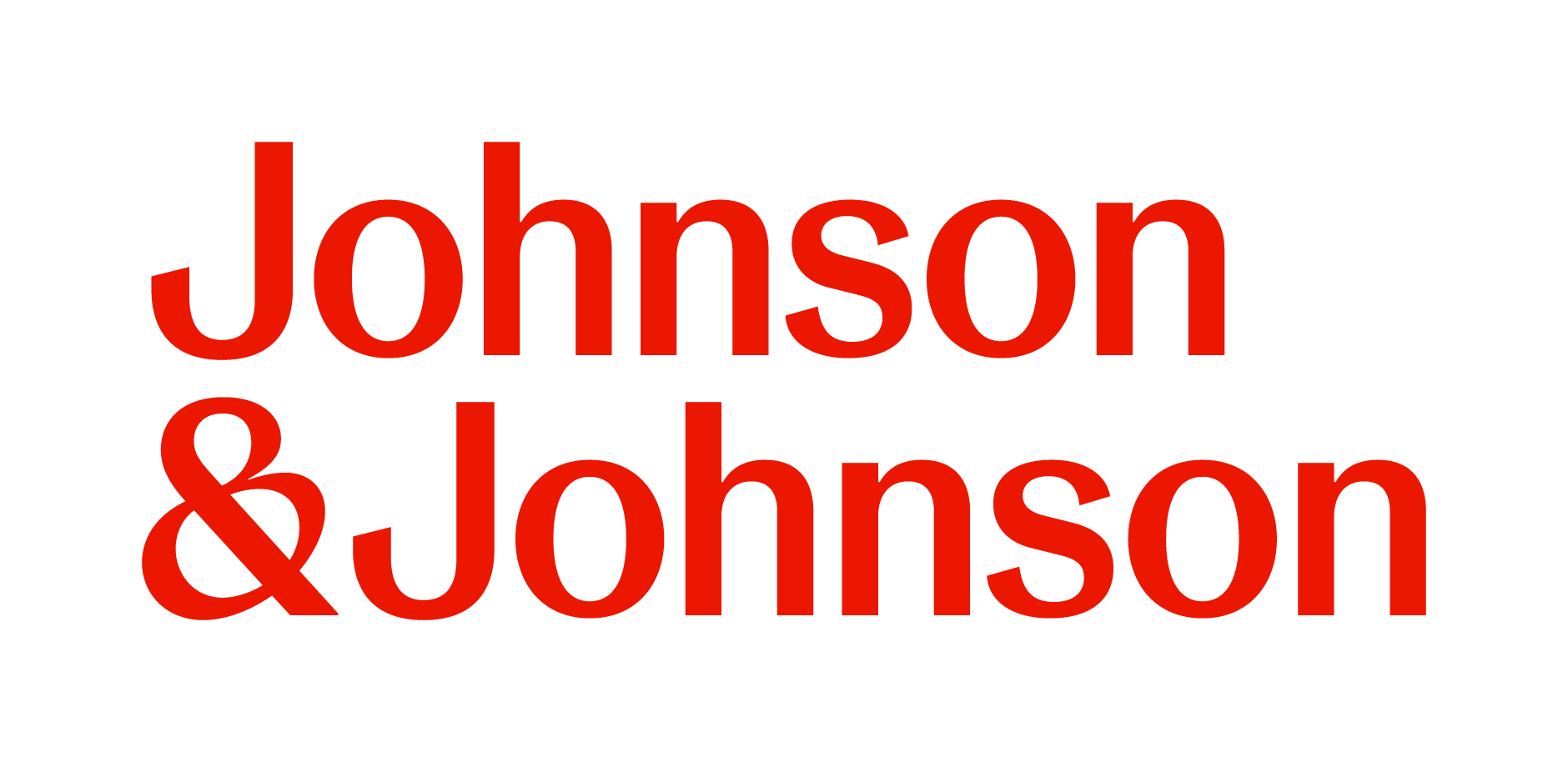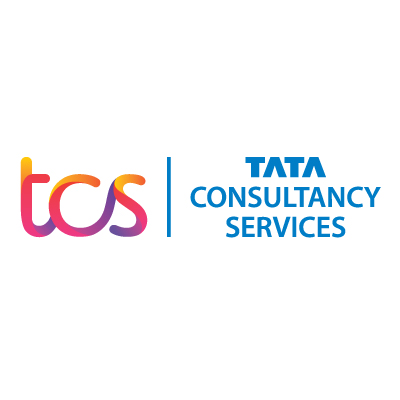Oh, the resume. This single piece of paper is the difference between you landing an interview and never hearing back from the company of your dreams. But what is essential to include on that single white sheet? And how creative can you reasonably be? We’re here to cover all the basics about what to include (and definitely leave off!) of your entry-level resume:
1. Remember The 1 Page Limit.
Yes, you will be tempted to include your time as vice president of rhythm in your freshman year band camp, but you’re better off sticking to things that actually relate to the job you’re trying to get. Remember, you have between 15 and 30 seconds to get someone’s attention as they look over your resume so keep it short and make every word count!
2. Make Sure Your Timeline Adds Up.
Although you don’t need to provide the exact day your last job started (the month and year will suffice), making your job start and end dates fall roughly into order is important. If you have large gaps in your work history, don’t highlight these unless you had a compelling reason for leaving. Likewise if your internship was cut short don’t include this unless there was some unusual circumstance that caused it to end.
3. Get Rid of The Objective.
If you’re applying to a job, then getting it is (or should be) your objective. Employers care about your past experiences, your enthusiasm, work ethic, and qualifications. What you want to do is less important than what you have actually done. If you’re crunched for space this should be the first thing to go.
4. Cut Out “References Available Upon Request.”
Again this is a waste of time, if your interviewer wants references, he or she will ask for them.
5. Make It Into A pdf.
Although macs are taking over the world you can’t always be sure what program your resume will be opened with. Saving it as a pdf will ensure that your resume’s formatting isn’t disrupted when opened with a program other than the one you wrote it with.
The resume is essentially a way to self-advertise. Although there are better and worse ways to format it, you can take some creative license in highlighting your credentials and experiences. If education isn’t your strong suit, don’t put it first! Highlight experience and skills instead. Likewise if you have a strong academic background and little work experience make sure to put education first and highlight classes and projects that relate to the job you are trying to get.





